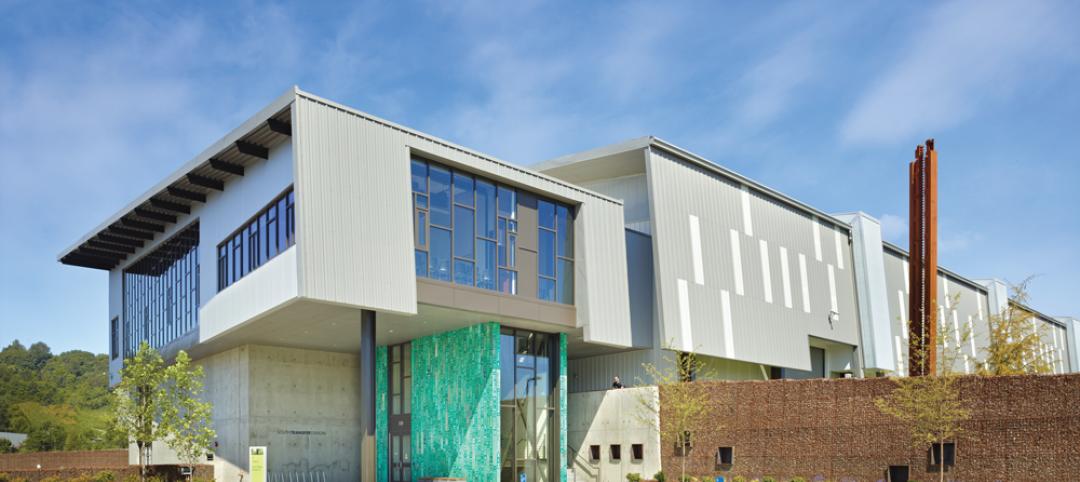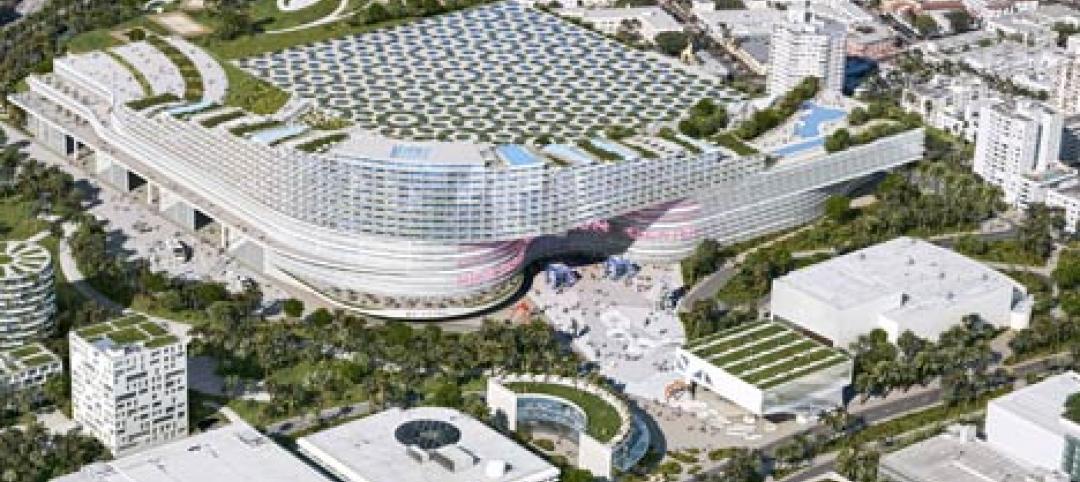 |
| The Riverwalk runs along the south bank of the Chicago River, giving the Windy City a 1.3-mile-long pedestrian promenade. |
1. Riverwalk Transforms Chicago's Second Waterfront
Canopies offer high style below bridges At several points along the riverwalk, the path runs beneath bridges where passing vehicles can shower pedestrians below with dirt and debris and where the covered, shadowy space can instill a sense of trepidation in those walking underneath. The architects' solution to these problems was the installation of canopies that act as barriers between the bridges and the pathway. Bright lighting is integrated into the canopies, which are covered with stainless steel shingles that act as mirrors to reflect the water's shimmering elegance. One Chicago architecture critic blogging about the canopies wrote: "instead of under-bridge fear, you get under-bridge delight." At several points along the riverwalk, the path runs beneath bridges where passing vehicles can shower pedestrians below with dirt and debris and where the covered, shadowy space can instill a sense of trepidation in those walking underneath. The architects' solution to these problems was the installation of canopies that act as barriers between the bridges and the pathway. Bright lighting is integrated into the canopies, which are covered with stainless steel shingles that act as mirrors to reflect the water's shimmering elegance. One Chicago architecture critic blogging about the canopies wrote: "instead of under-bridge fear, you get under-bridge delight." | |
 |
| Built on the 75-year-old ruins of New York City’s elevated freight train tracks, the High Line is a 1.45-mile urban park that winds around buildings and above streets on the city’s West Side. The $152 million rehab is inspiring similar projects throughout the world. |
2. High Line Elevates the Typical Urban Park
 |
| The main circulation path in BeachBody’s Santa Monica, Calif., office is also a 1/4 - mile walking track, complete with rubber flooring. |
3. Walking Track Fits Firm's Wellness Focus
Related Stories
| Jul 18, 2013
Top Government Sector Engineering Firms [2013 Giants 300 Report]
Fluor, URS, AECOM top Building Design+Construction's 2013 ranking of the largest government sector engineering and engineering/architecture firms in the U.S.
| Jul 18, 2013
Top Government Sector Architecture Firms [2013 Giants 300 Report]
Stantec, HOK, HDR top Building Design+Construction's 2013 ranking of the largest government sector architecture and architecture/engineering firms in the U.S.
| Jul 18, 2013
GSA regains stature under Tangherlini, who looks to trim its holdings, cut energy costs [2013 Giants 300 Report]
Over the past 15 months, Acting GSA Administrator Dan Tangherlini has done a creditable job of restoring the agency’s standing with Congress and the public.
| Jul 18, 2013
Koolhaas plan selected for Miami Beach Convention Center redevelopment [slideshow]
The master plan by OMA's Rem Koolhaas and Shohei Shigematsu beat out a submission by Danish studio Bjarke Ingels Group for the massive redo of the Miami Beach Convention Center.
| Jul 11, 2013
DOE releases stricter energy efficiency standards for new federal buildings taking effect in 2014
The Energy Department released stricter energy efficiency standards this month for new federal buildings.
| Jul 2, 2013
LEED v4 gets green light, will launch this fall
The U.S. Green Building Council membership has voted to adopt LEED v4, the next update to the world’s premier green building rating system.
| Jul 1, 2013
Report: Global construction market to reach $15 trillion by 2025
A new report released today forecasts the volume of construction output will grow by more than 70% to $15 trillion worldwide by 2025.
| Jun 28, 2013
Building owners cite BIM/VDC as 'most exciting trend' in facilities management, says Mortenson report
A recent survey of more than 60 building owners and facility management professionals by Mortenson Construction shows that BIM/VDC is top of mind among owner professionals.
| Jun 18, 2013
Report: HVAC occupancy sensors could slash building energy demand by 18%
Researchers at the DOE's Pacific Northwest National Laboratory conclude that significant energy savings can be achieved by varying ventilation levels based on the number of people in a given space.
| Jun 17, 2013
DOE launches database on energy performance of 60,000 buildings
The Energy Department today launched a new Buildings Performance Database, the largest free, publicly available database of residential and commercial building energy performance information.














